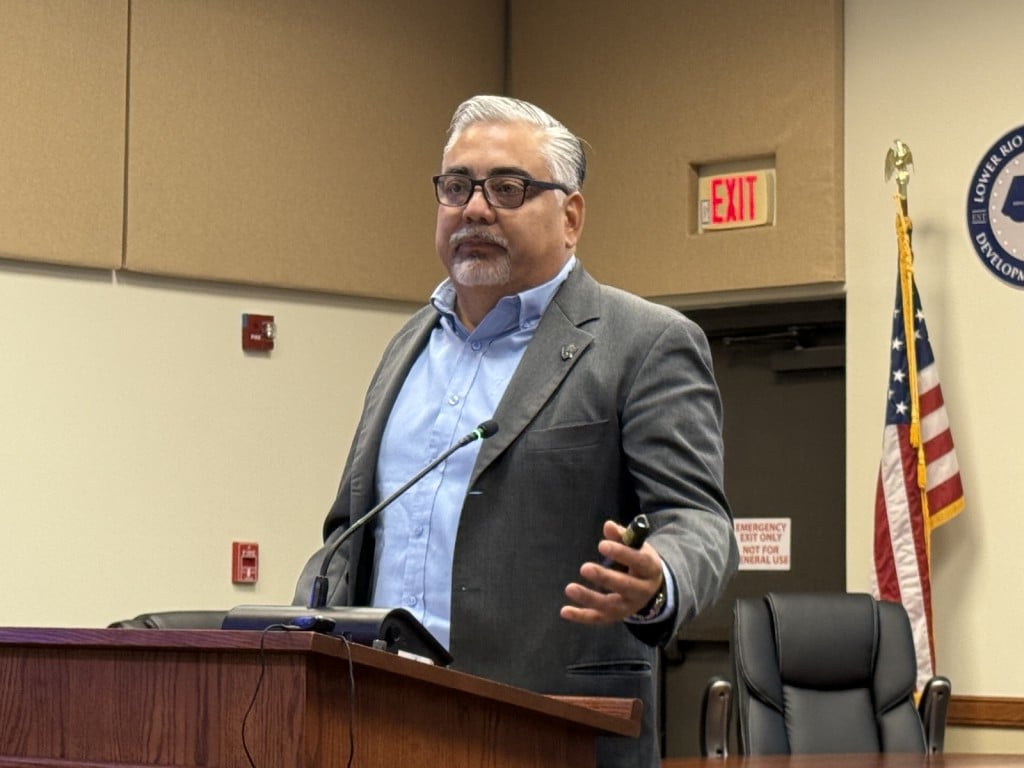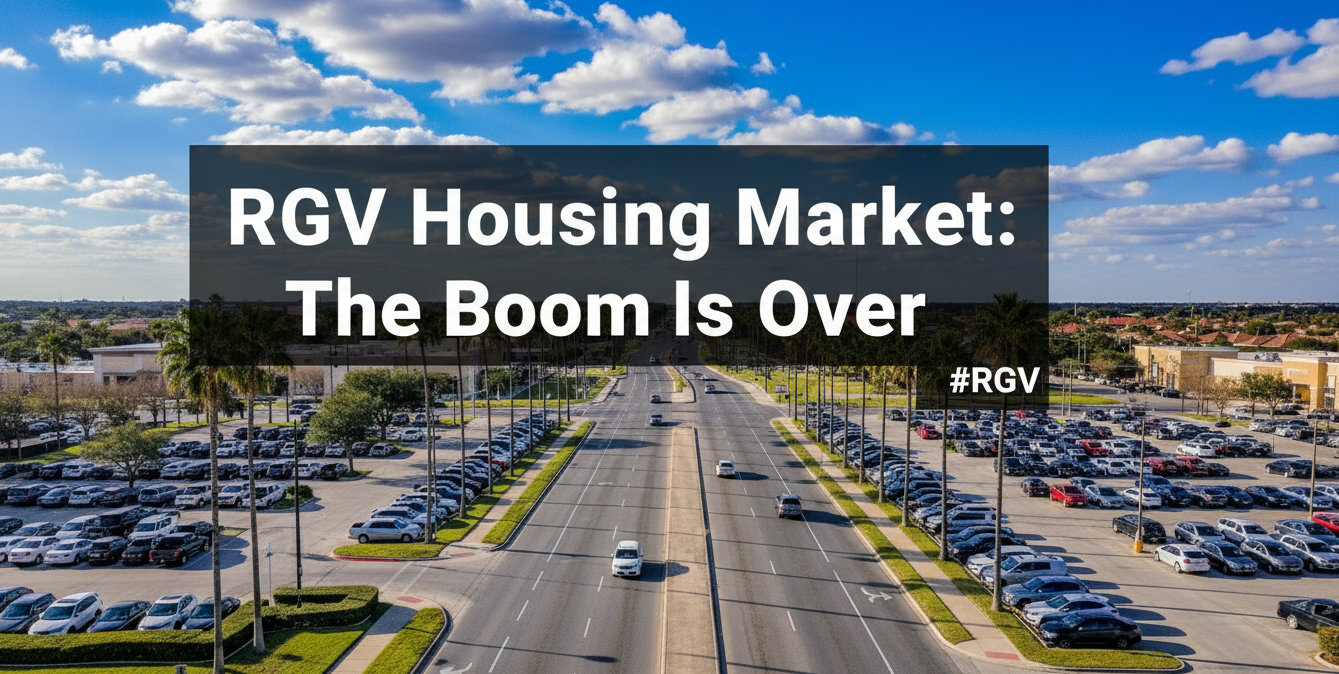WESLACO, Texas While a microtransit share-ride service will most likely start in the rural parts of Hidalgo County, it will quickly spread to low-density parts of Cameron, Willacy, Starr and Zapata counties.
This is the promise of Tom Logan, director of transit operations for Valley Metro. Logan spoke in-depth about the program at a recent LRGVDC Small Cities Coalition meeting.
LRGVDC stands for Lower Rio Grande Valley Development Council. It is the official county of government for Hidalgo, Cameron and Willacy counties.
Interviewed exclusively by the Rio Grande Guardian after the meeting had concluded, Logan said the initiative came from discussions with grassroots activists.
“Indeed, that’s how this came about. Through the Hidalgo County Prosperity Task Force, there was a lot of input from the community and the grassroots organizations requesting transportation for residents in low density areas in the county,” Logan said.
Asked to define the microtransit idea, Logan said: It’s a share-ride system, basically like an Uber-Lyft or a taxi that most people can ride at the same time. It works in two ways. You can schedule in advance, a day in advance, at a discounted rate, and then you have the premium service where you call it in the same day, and you get the bus or the van 15, 20 minutes later.”
Asked how much the project will cost, Logan said: How much is it going to cost, and where’s the money
“The cost is a little bit over $1.2 million. We already secured the federal dollars, which is 50% of what we are requesting. We’re looking for the other 50% from the local entities. So, we’re trying to form a coalition to have economy of scales to be able to land this new service in Hidalgo County.”
Although Logan gave a presentation to the Small Cities Coalition, Logan said the bigger metro areas of the Valley would also contribute.
“Yes, the bigger cities are currently funding the regular Valley Metro bus system and the independent systems such as McAllen Metro and Brownsville Metro. But this will be just an added service. Initially, we’re just going to visit with the small cities, the smaller entities. But of course, we’ll visit with the larger cities because a lot of people want to come into their city limits to get their benefits, to do their purchases, to do recreational activities within those cities.”
Asked why a micro transit system will start in Hidalgo County, Logan said:
‘Initially, because of the Prosperity Task Force that was generated by Hidalgo County, they set the marching orders, per se. But we do see the potential to expand this service into Cameron County. We already have a demand-response system in place in Willacy, Starr, and Zapata County.
“So, we’ll focus on Hidalgo where we do not have any demand-response, and then we’ll move into Cameron County.”
Asked what a realistic time frame is, Logan said:
“Because we have to hire drivers and train them, we’re saying six to 12 months.”
Asked what he would like to say to those requesting such a service, Logan said:
“Reach out. Let your elected officials know the transportation needs of yourself and your community. Voice your recommendation. That is what we want to hear, and that’s how we’re going to tailor this service, to be able to maximize the resources available.”
Asked about the capacity of the service, Logan said:
“On average, we want to transport three passengers per hour, because we’re covering large distances across cities. So, it’s a little bit harder to transport the 20 to 30 passengers per hour, which normally a bus system does. So, we’re being very realistic that if we’re transporting two to three passengers per hour, we’re doing a good job.”
And how many hours per day? “Every 12 hours, seven to seven, Monday to Friday,” Logan said.
Editor’s Note: Here is a video recording of the interview the Guardian secured with Tom Logan following his presentation to the LRGVDC Small Cities Coalition:
The post Logan: Valley Metro will start its microtransit bus system in rural Hidalgo County and then spread out appeared first on Rio Grande Guardian.
 (2).png)






 English (US)
English (US)